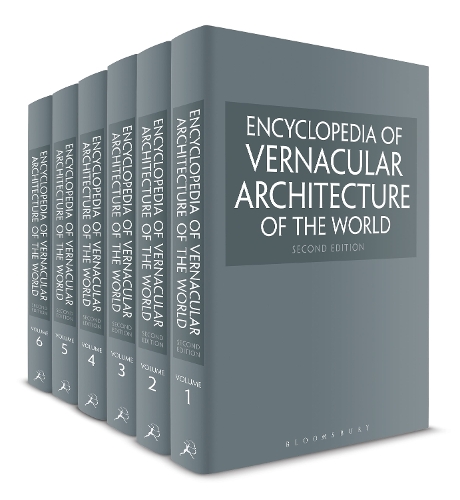
Encyclopedia of Vernacular Architecture of the World
(, 2nd edition)
Publishing Details
Encyclopedia of Vernacular Architecture of the World
By (Author) Professor Marcel Vellinga
Bloomsbury Publishing PLC
Bloomsbury Visual Arts
13th June 2024
2nd edition
United Kingdom
Classifications
Tertiary Education
Non Fiction
History of architecture
Conservation of buildings and building materials
Architectural structure and design
Physical Properties
Contains 6 hardbacks
Description
The Encyclopedia of Vernacular Architecture of the World presents, in six volumes, 2 million words, and 3,000 illustrated entries, the definitive resource for the study of the worlds vernacular and traditional building cultures. This is a fully revised and expanded new edition of Paul Olivers classic 1997 work - moving from three volumes to six, updated throughout, and with over 30% new material. A major development in the field of vernacular architecture studies, this new edition reflects the considerable growth in research in the field since the first edition. The first two volumes focus on the theories, principals and philosophy that underpin the study of vernacular architecture, capturing the most up-to-date theoretical approaches and exploring general architectural and cultural themes such as symbolism and decoration, materials and technologies, environment and sustainability, as well as major new subject areas including 'Sustainable development' and 'Consumption'. The following four volumes then cover in detail the buildings of over 1,000 different cultures across the globe arranged geographically with each volume representing one of four major global regions (Asia, Australia and Oceania; Europe and Eurasia; the Americas and Caribbean; Africa and the Middle East). Entries detail social, cultural, and environmental factors alongside the architectural works of each culture.
Author Bio
Marcel Vellinga is Professor of Anthropology of Architecture and Director of the Place, Culture, and Identity research group in the School of Architecture, Oxford Brookes University, UK.
